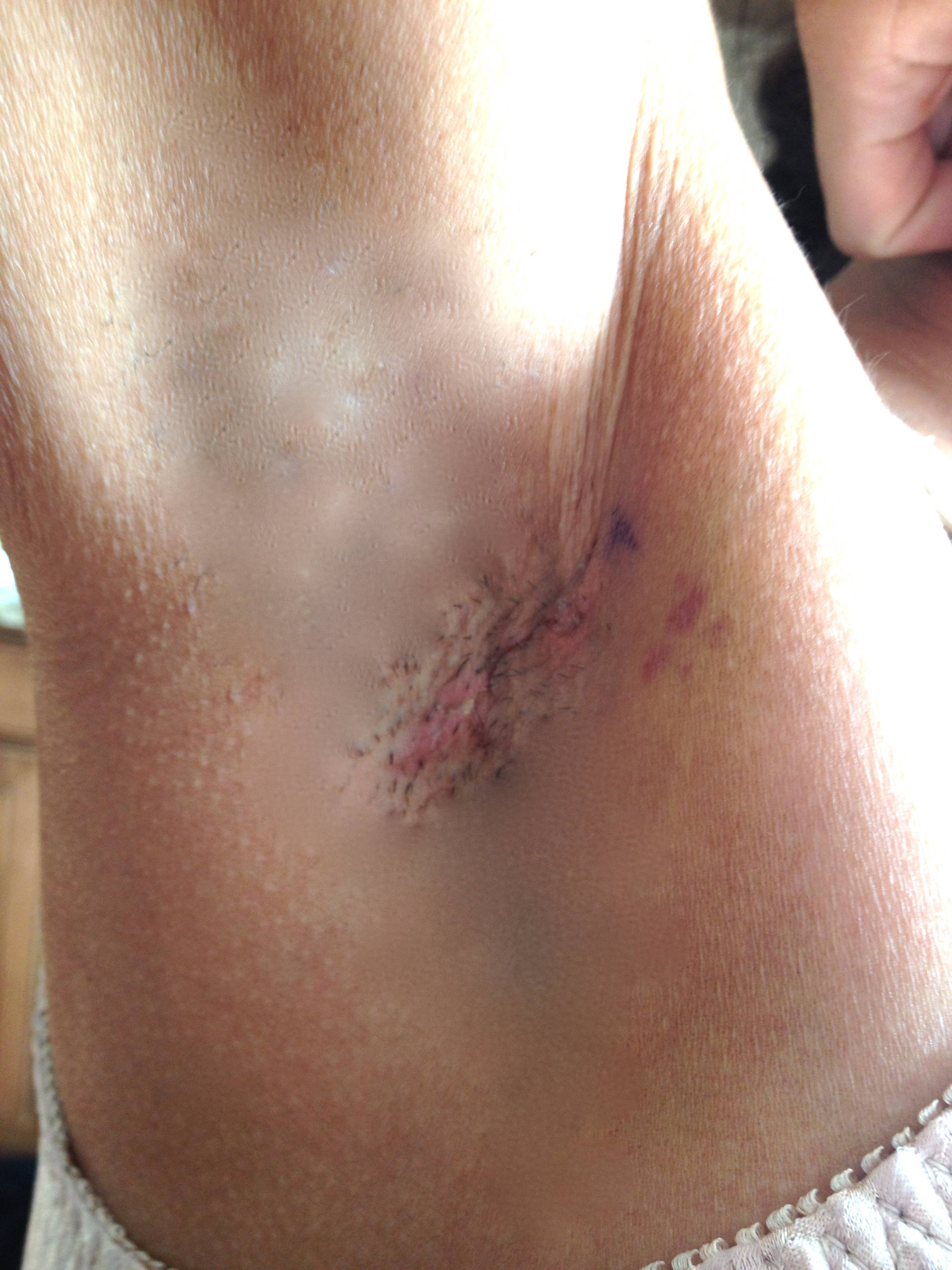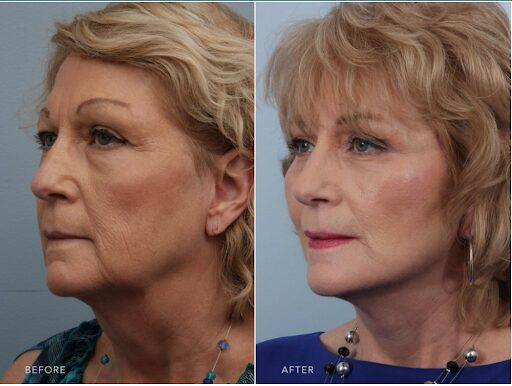
If you have chronic migraine headaches and cannot take other medications, you may be wondering: can you use Aimovig and Botox together? This article will describe the use of these medicines and how to prevent side effects. Botox has been approved by the American Academy of Neurology. The two drugs can be used together to treat migraine headaches. They can also cause severe side effects.
Side effects of Aimovig
While Aimovig and botox have not been compared directly in clinical studies, both medications have shown promise for treating chronic migraine headaches. 40% of chronic migraine patients experienced fewer headache days after three months of treatment. Botox reduced headache days in 24 weeks by an average of 9.2 days a month compared with nonusers. Both medications are brand-named, but neither is generic.
While the side effects of Aimovig and botosx are usually minor, serious complications may occur. If you experience serious side effects, however, they are very rare, you should contact your doctor immediately. Aimovig may cause an increase in blood pressure if you have high blood sugar. Your doctor may suggest an alternative or alternative treatment if this happens.

Botox side effects
It is possible to wonder what to expect when you are using aimovig. Botox is an injection given in the doctor's chair once every 12 weeks. It consists of 31 small injections. Botox is a different treatment than Aimovig, but both have similar side-effects. Botox injections might be helpful if you suffer from migraines.
Botox injections can cause few side effects, but there are real risks of muscle weakness, eyelid swelling, and neck pain. While these side effects usually subside after a few weeks, they can negatively affect patient compliance with the procedure. Botox treatment is a 12-week-long procedure that requires repeated injections. It can be painful to receive injections and may require cold compression for a few days.
Side effects mAbs of CGRP
Although side effects of CGRP inhibitors have been reported in a few clinical trials, they were not universal. Many patients had other inflammatory comorbidities, and some experienced an unexpected exacerbation of an existing disease. Some patients were identified as being 'at high risk' but it remains unclear if they are. A cautious approach has been taken due to the lack of information about drug-drug interactions among CGRP inhibitors with other inflammatory comorbidities. This risk group must be known by physicians to ensure safe use of CGRP inhibitors. Patient registries will also be needed to identify patients at high risk.
CGRP mAbs cause severe flares of psoriasis and arthritic conditions. Psoriasis and psoriatic arthritis are both characterized by distinct phases of inflammation. During the initiating phase, keratinocytes secrete antimicrobial peptides that stimulate plasmacytoid dendritic cells. These peptides can stimulate myeloid-dendritic cells maturation and differentiation into TH1/TH17 cells. Activated myeloid cells promote inflammation by moving to lymph nodes.

Combination therapy has side effects
Botox is a prescription drug used to treat migraine headaches. An intramuscular injection of Aimovig that is administered once every 12 weeks. Both medications have similar side effect profiles. Combining them can lead to serious side effects. You should talk to your doctor if you are interested in using one of these drugs. Be aware of the possible side effects for each treatment.
Botox is approved by FDA for the treatment of chronic migraines in adults. It requires at minimum 31 injections. Each three months, it is repeated. Although the treatment has few side effects, it can cause temporary muscle weakness and reduce patient compliance. Also, it affects the release of neurotransmitters like CGRP. Combining botox with it can lead to muscle weakness.